Home>Technology>Smart Home Devices>What To Use To Clean Printer Heads
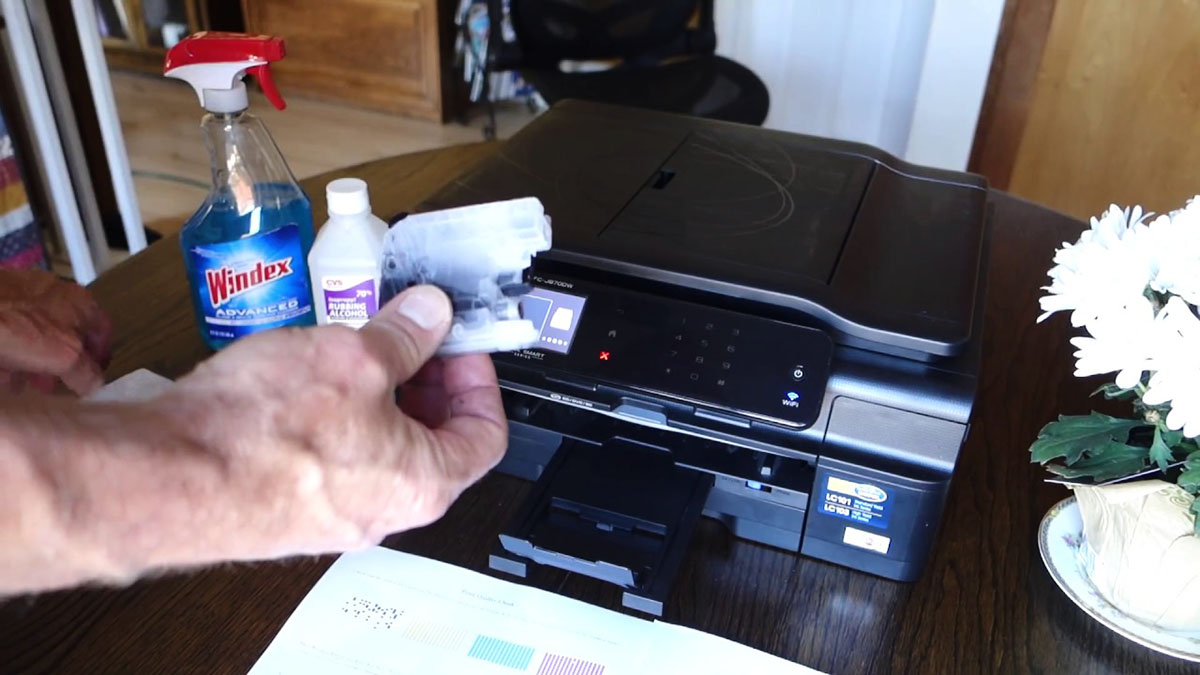

Smart Home Devices
What To Use To Clean Printer Heads
Modified: January 19, 2024
Looking for the best way to clean printer heads? Explore effective solutions for maintaining your smart home devices and ensuring optimal performance. Unlock expert tips and tricks now!
(Many of the links in this article redirect to a specific reviewed product. Your purchase of these products through affiliate links helps to generate commission for Storables.com, at no extra cost. Learn more)
Introduction
Printers are indispensable devices in our daily lives, whether for personal use or in a professional setting. The smooth functioning of a printer relies on various components working in harmony, and one of the crucial elements is the printer head. Understanding how to maintain and clean printer heads is essential for ensuring the longevity and optimal performance of your printer.
In this comprehensive guide, we will delve into the intricacies of printer heads, exploring the reasons behind their susceptibility to dirt and clogs. Additionally, we will uncover the most effective methods and precautions for cleaning printer heads, empowering you to maintain your printer in top condition.
So, let's embark on this journey to demystify the art of printer head maintenance and equip ourselves with the knowledge to keep our printers running smoothly for years to come.
Key Takeaways:
- Regularly clean printer heads using distilled water, isopropyl alcohol, or a cleaning kit to prevent clogs and maintain print quality. Follow safety precautions and manufacturer guidelines for effective maintenance.
- Understanding printer head maintenance is crucial for ensuring long-lasting, reliable printers. Use gentle cleaning methods and follow tips to keep printer heads clean and functional.
Read more: How To Clean The Printer Head On Epson
Understanding Printer Heads
Printer heads, also known as printheads, are the components in an inkjet printer responsible for transferring ink onto the paper to create text and images. These tiny nozzles precisely release ink droplets onto the paper, resulting in the final printed output. Printer heads are a critical part of the printing process, and their proper functioning directly impacts the quality of the printed material.
Printer heads can become dirty or clogged due to various factors. One common reason is the accumulation of dried ink or dust particles within the nozzles. When the printer is not in regular use, the ink residue can dry and form blockages, hindering the smooth flow of ink. Additionally, environmental factors such as dust and air particles can find their way into the printer, contributing to the accumulation of debris on the printer heads.
Moreover, the quality of the ink used in the printer can also affect the cleanliness of the printer heads. Low-quality or incompatible inks may leave behind residues that can lead to clogging and affect the performance of the printer heads.
Understanding the causes of printer head dirt and clogs is crucial for implementing effective cleaning methods and preventive measures. As we delve into the various cleaning methods, we will address these underlying causes to ensure a comprehensive approach to maintaining printer heads.
Common Methods for Cleaning Printer Heads
When it comes to cleaning printer heads, several methods can be employed to effectively remove dirt and ink residue, restoring the optimal functionality of the printer. Let’s explore some of the most common and effective cleaning methods:
- Using Distilled Water: Distilled water is a gentle yet effective cleaning agent for printer heads. This method involves dampening a lint-free cloth or cotton swab with distilled water and gently wiping the printer heads. The distilled water helps dissolve dried ink and debris, allowing for easier removal without causing damage to the delicate components of the printer heads.
- Using Isopropyl Alcohol: Isopropyl alcohol, also known as rubbing alcohol, is another popular choice for cleaning printer heads. It is particularly effective in dissolving stubborn ink residues and debris. When using isopropyl alcohol, it is important to ensure that the concentration is suitable for cleaning printer heads, typically 90% or higher. Similar to the method using distilled water, a lint-free cloth or cotton swab can be moistened with isopropyl alcohol and carefully used to clean the printer heads.
- Using a Printer Head Cleaning Kit: Printer head cleaning kits are specifically designed to provide comprehensive solutions for maintaining and cleaning printer heads. These kits often contain specialized cleaning solutions and tools tailored for safely and effectively removing dirt and clogs from printer heads. Following the instructions provided with the cleaning kit is crucial to ensure the proper and safe application of the cleaning agents.
- Using a Lint-Free Cloth: A lint-free cloth is a versatile tool for cleaning printer heads when used in conjunction with cleaning solutions such as distilled water or isopropyl alcohol. The lint-free cloth ensures that no additional fibers or particles are introduced during the cleaning process, minimizing the risk of further contamination. Careful and gentle wiping with a lint-free cloth can help dislodge and remove debris from the printer heads.
Each of these methods offers a unique approach to cleaning printer heads, catering to different cleaning preferences and the level of dirt or clogs present. It is essential to assess the condition of the printer heads and choose the most suitable cleaning method to ensure thorough and safe cleaning.
Use a lint-free cloth and distilled water to gently clean the printer heads. Avoid using tap water or alcohol, as they can damage the printer heads.
Precautions and Tips for Cleaning Printer Heads
While cleaning printer heads is essential for maintaining the optimal performance of your printer, it is crucial to approach the process with care and attention to detail. Here are some important precautions and tips to consider when cleaning printer heads:
- Safety Precautions: Before initiating the cleaning process, it is imperative to ensure the printer is turned off and unplugged from the power source. This minimizes the risk of electrical hazards and allows for safe access to the printer heads. Additionally, handling cleaning agents such as isopropyl alcohol should be done in a well-ventilated area to avoid inhaling fumes. Protective gloves can also be used to prevent direct contact with cleaning solutions.
- Tips for Effective Cleaning: When using cleaning solutions such as distilled water or isopropyl alcohol, it is important to apply them sparingly to the cleaning cloth or swab. Excessive moisture can seep into the internal components of the printer, potentially causing damage. Gentle and precise movements should be employed when cleaning the printer heads to avoid exerting excessive pressure, which may lead to damage or misalignment of the delicate nozzles. Additionally, it is advisable to perform a test print after cleaning to ensure that the printer heads are functioning optimally and that any remaining residue has been successfully removed.
Furthermore, it is recommended to refer to the printer’s user manual or manufacturer’s guidelines for specific instructions related to cleaning printer heads. Different printer models may have unique requirements or recommendations for cleaning and maintenance, and adhering to these guidelines can help prevent unintended damage to the printer heads or other components.
By exercising caution and following these tips, you can effectively clean your printer heads while minimizing the risk of damage and ensuring the continued reliability of your printer.
Conclusion
Understanding the intricacies of printer heads and the importance of keeping them clean is fundamental to the maintenance of a functional printer. By comprehending the factors that contribute to printer head dirt and clogs, users can implement appropriate cleaning methods to ensure the longevity and efficiency of their printers.
From utilizing gentle yet effective agents such as distilled water and isopropyl alcohol to leveraging specialized printer head cleaning kits, the array of cleaning methods provides flexibility and adaptability to various cleaning needs. The careful application of these methods, coupled with adherence to safety precautions and manufacturer guidelines, is essential for safeguarding the delicate printer heads during the cleaning process.
As technology continues to advance, printers evolve to offer enhanced capabilities and features. However, the fundamental need for maintaining clean and functional printer heads remains constant. By integrating the insights and methods presented in this guide, users can confidently undertake the task of cleaning printer heads, promoting consistent printing quality and minimizing the risk of potential issues arising from neglected maintenance.
In essence, the journey of understanding and caring for printer heads is a testament to the dedication to preserving the seamless operation of our printing devices. With the knowledge and tools at hand, users can embark on this maintenance endeavor with confidence, knowing that they are actively contributing to the longevity and reliability of their printers.
So, let’s embrace the responsibility of maintaining clean printer heads, ensuring that our printers continue to deliver crisp, high-quality prints for years to come.
Frequently Asked Questions about What To Use To Clean Printer Heads
Was this page helpful?
At Storables.com, we guarantee accurate and reliable information. Our content, validated by Expert Board Contributors, is crafted following stringent Editorial Policies. We're committed to providing you with well-researched, expert-backed insights for all your informational needs.
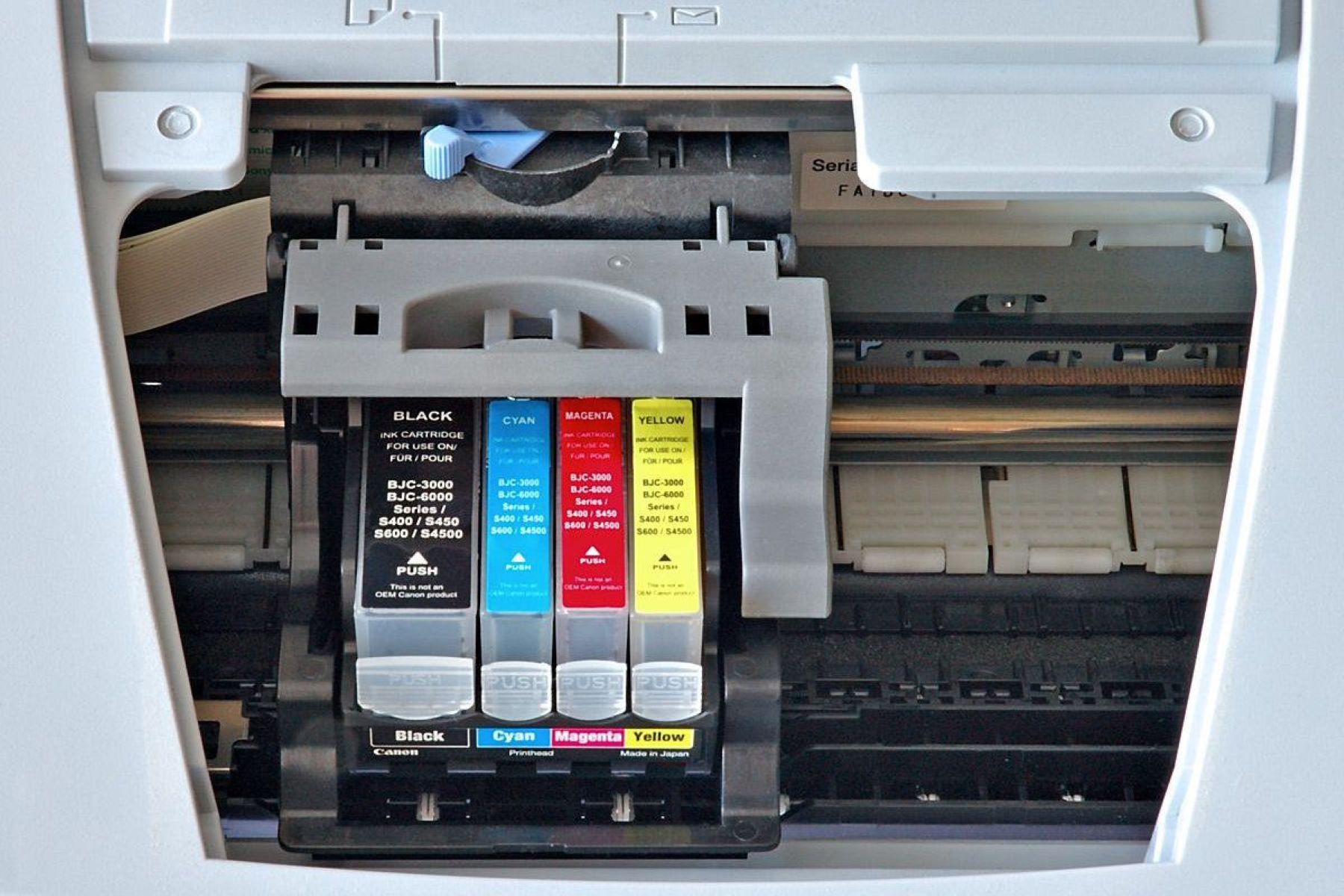
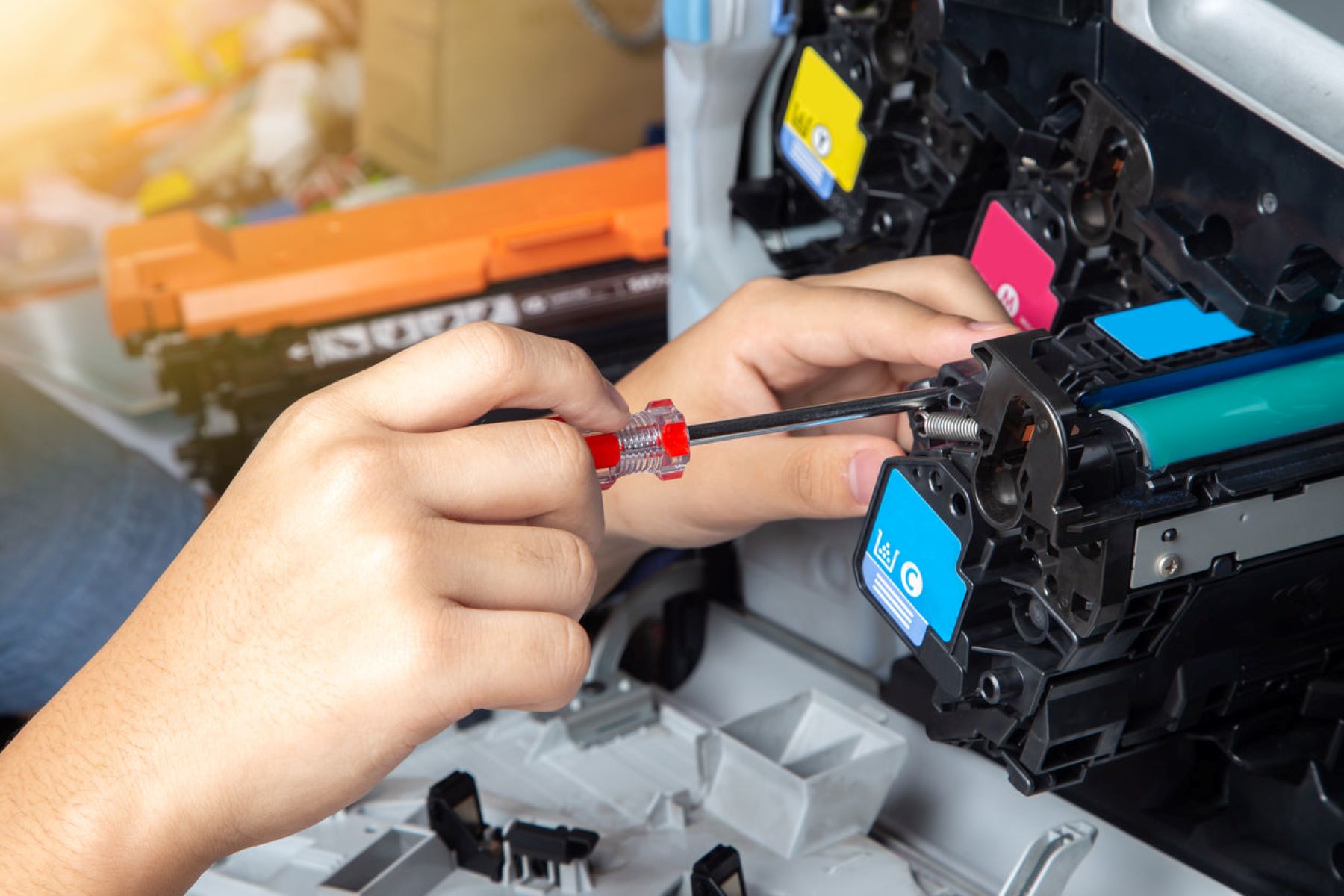
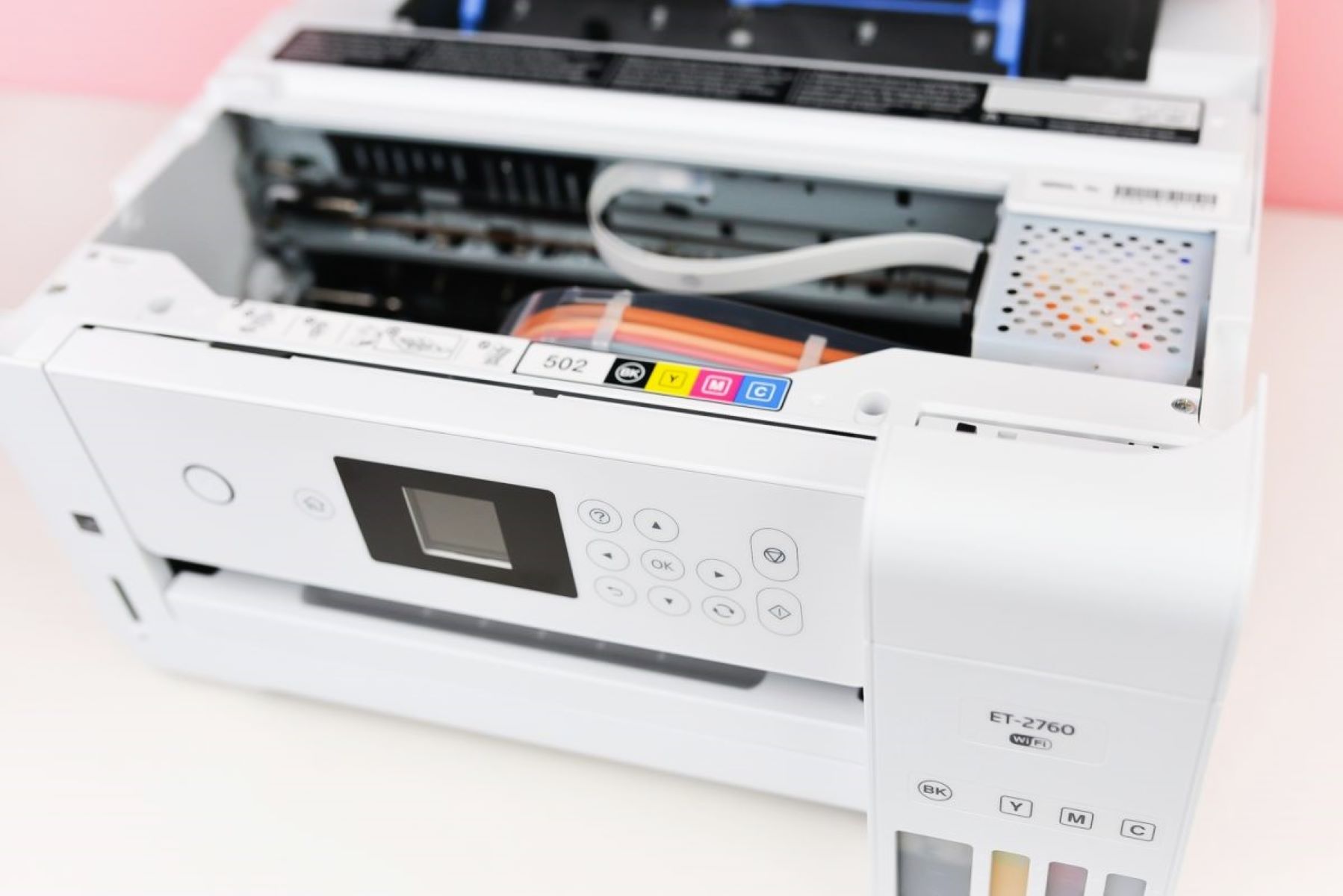

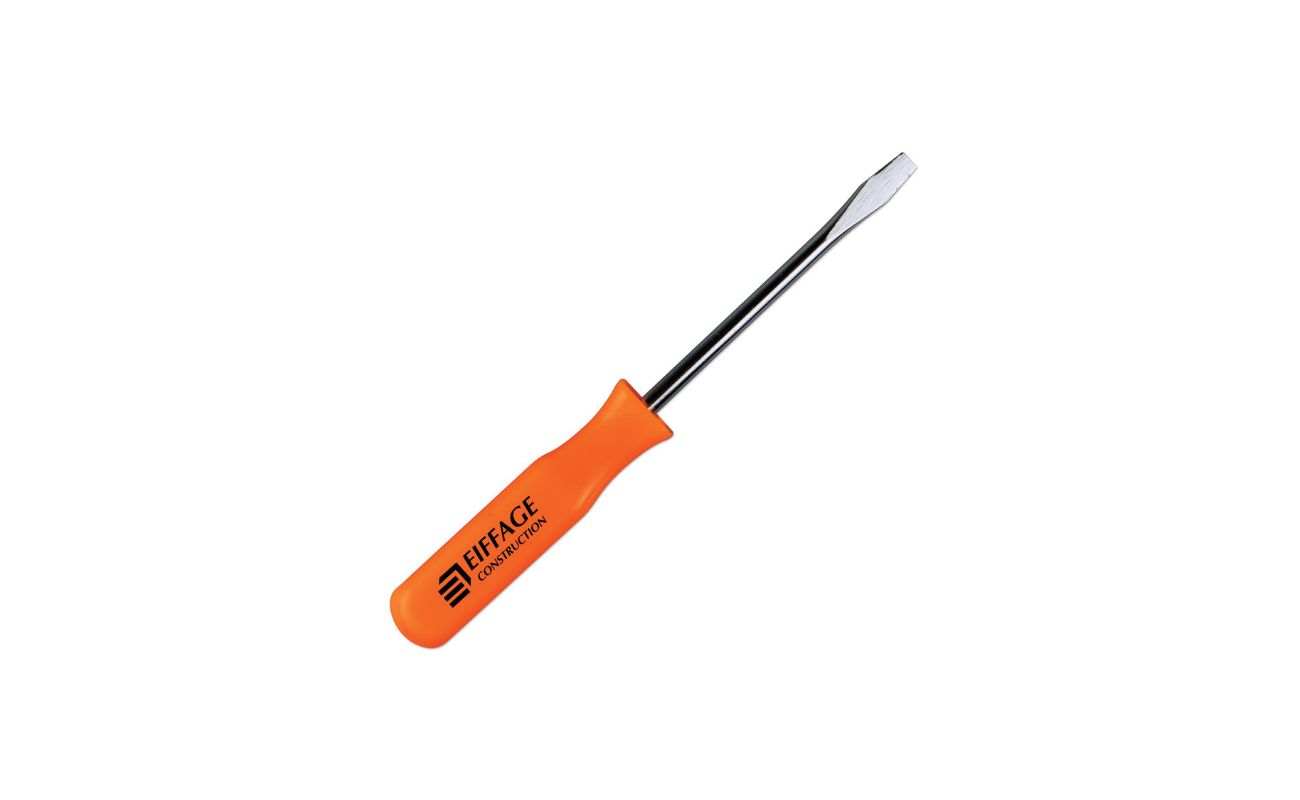
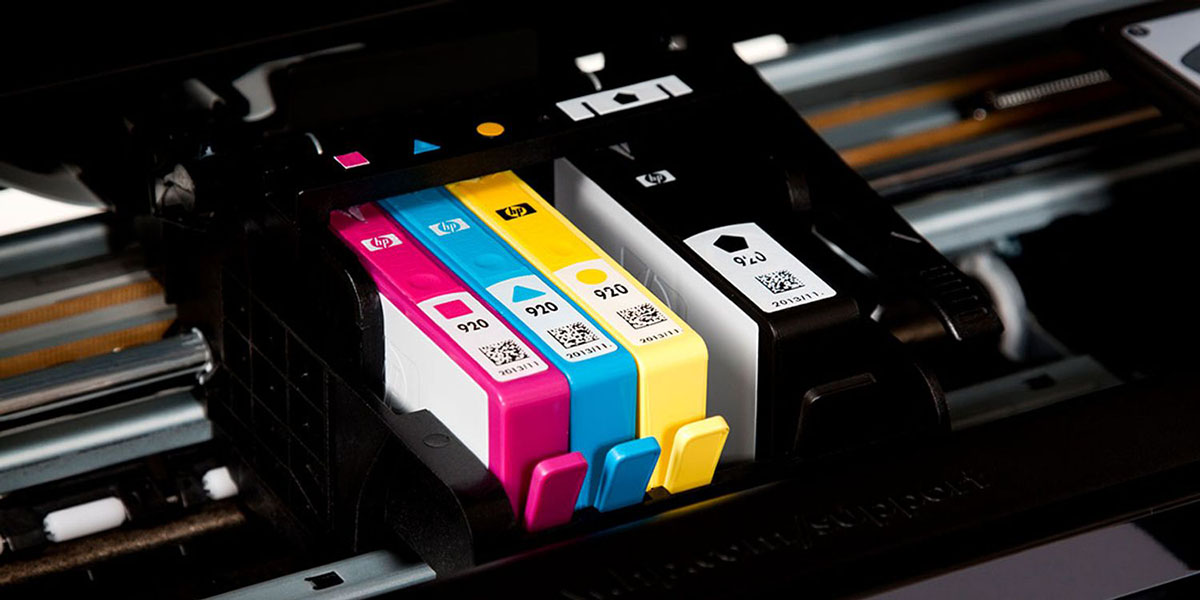
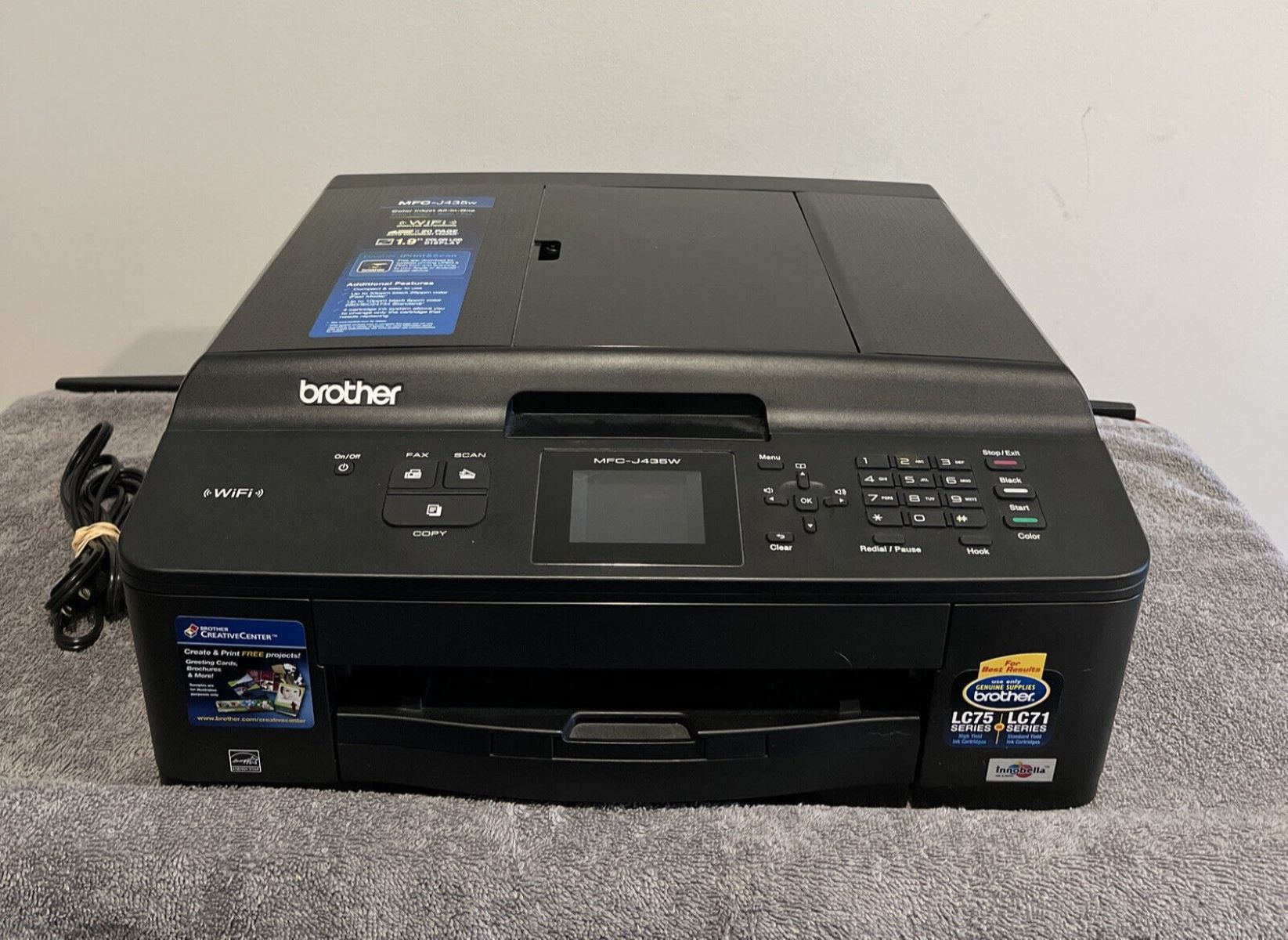
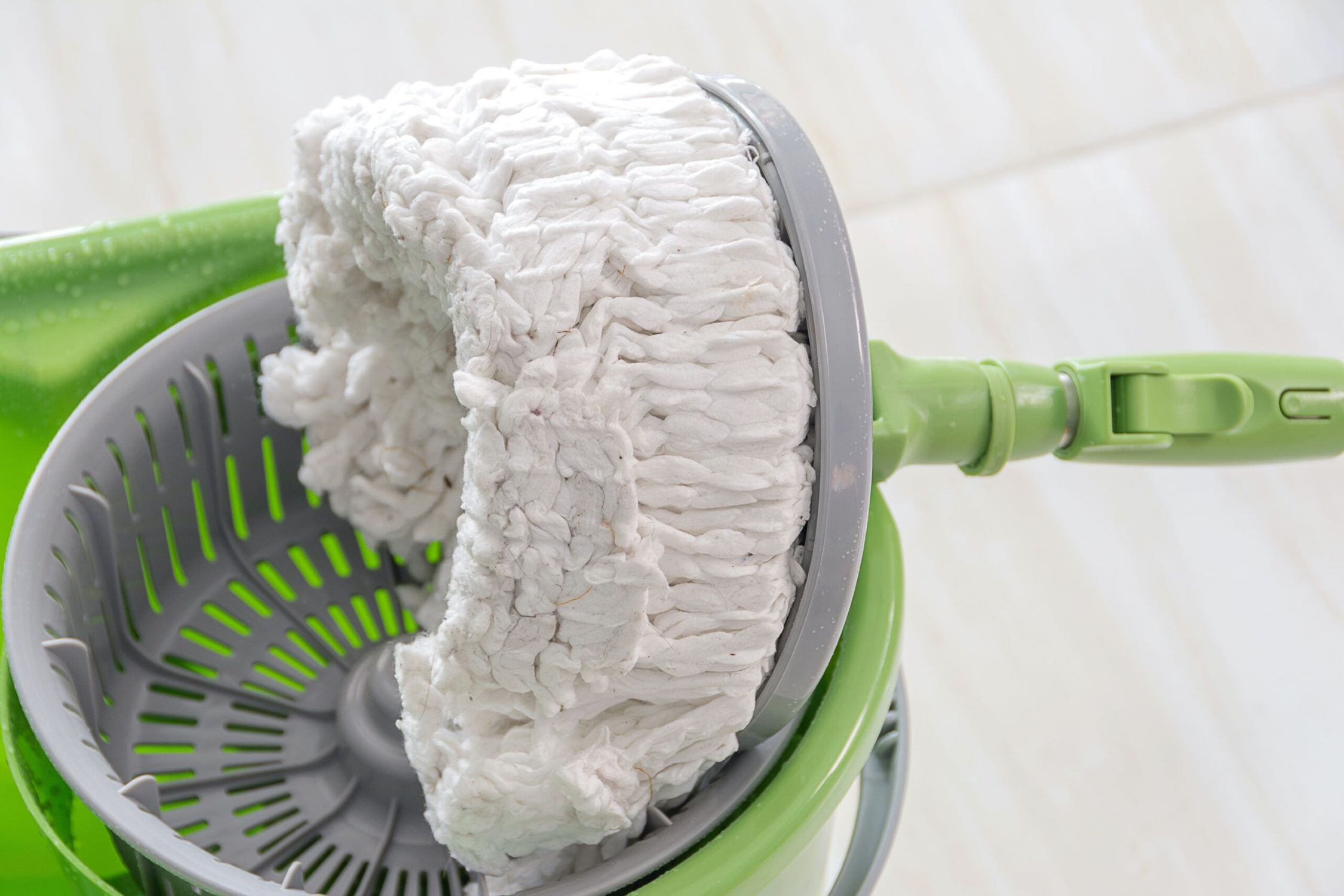
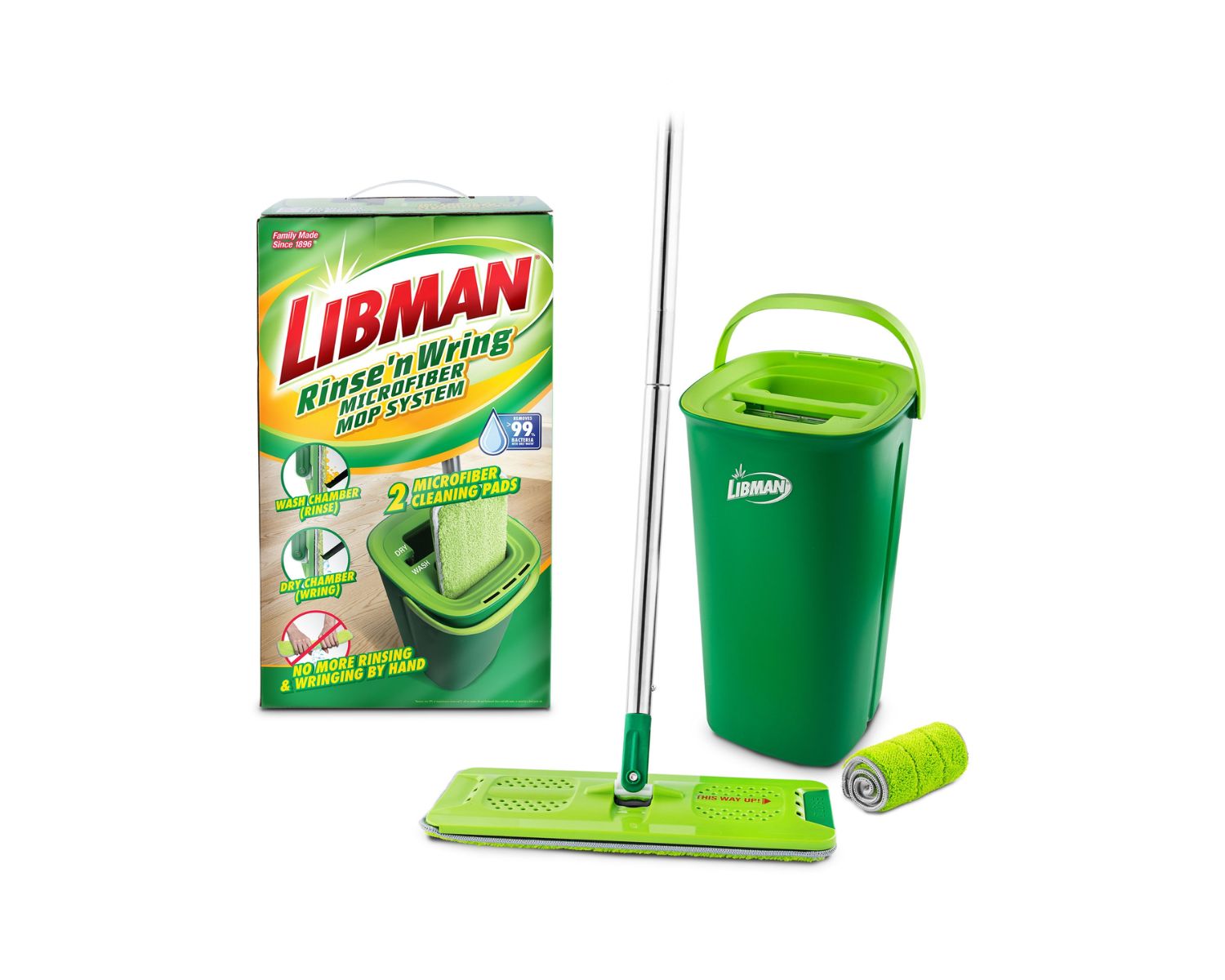

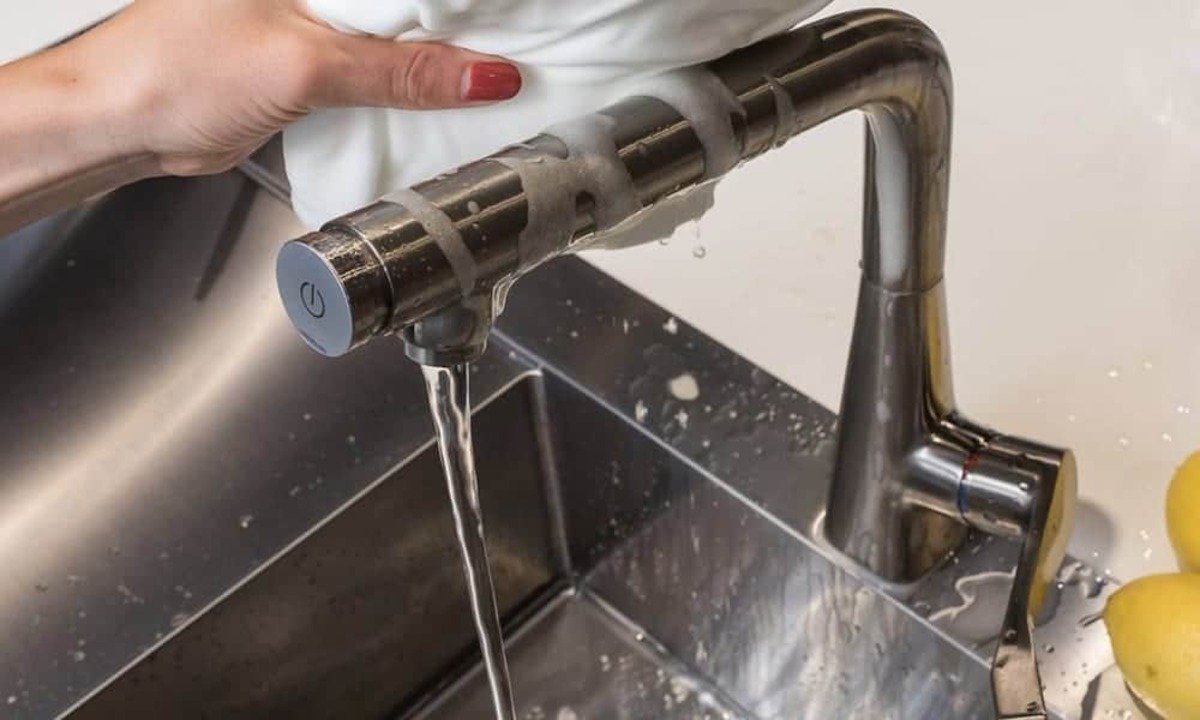
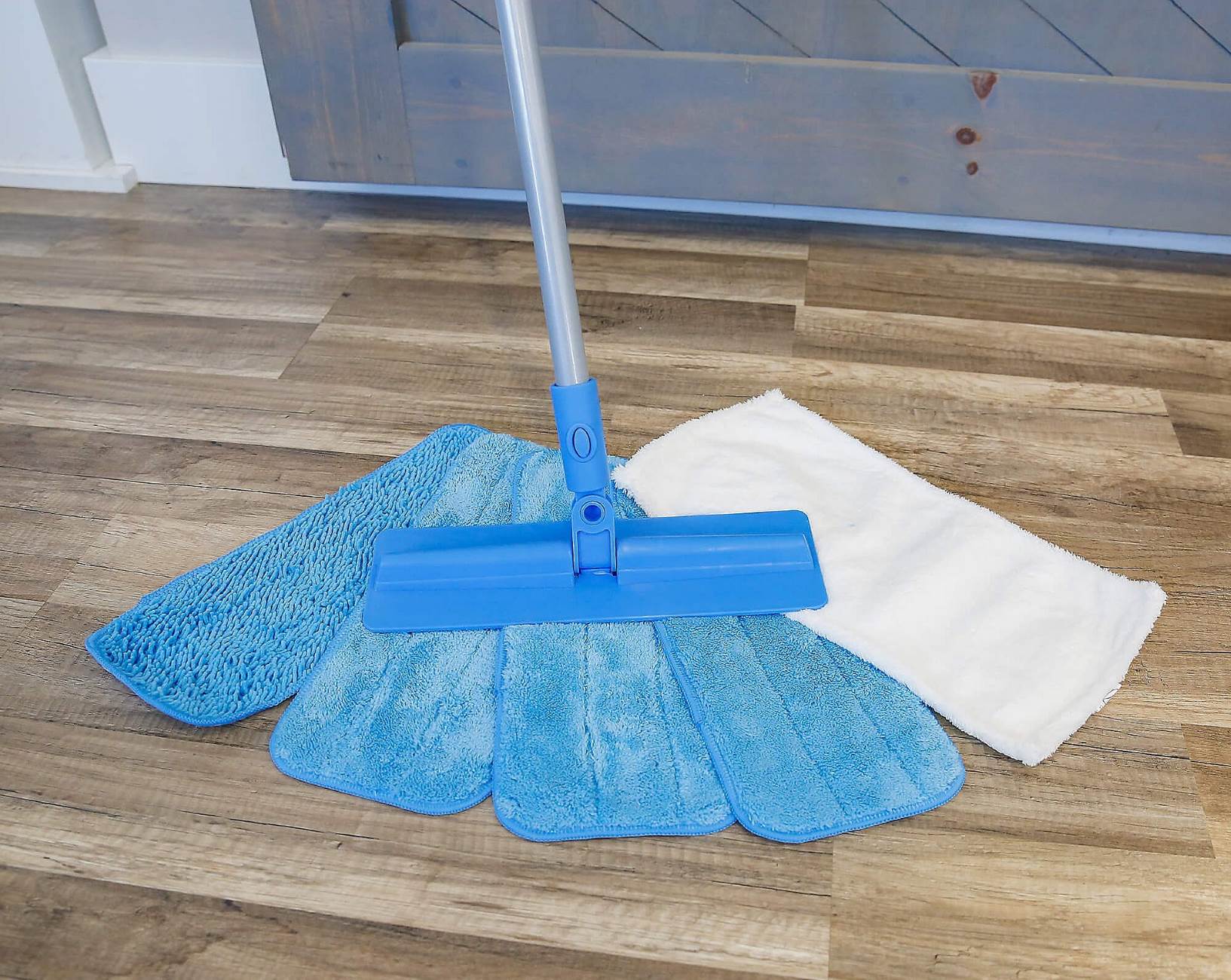
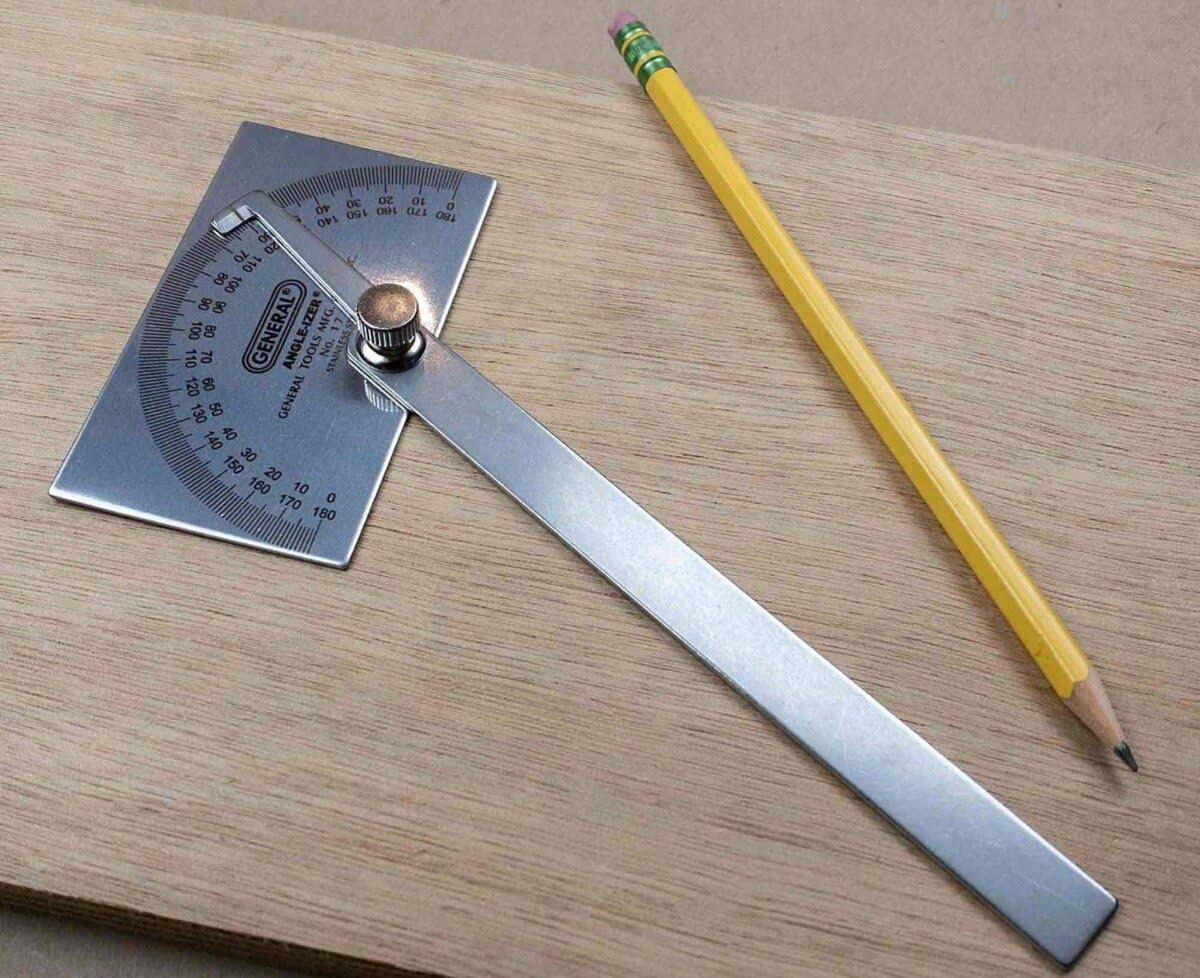
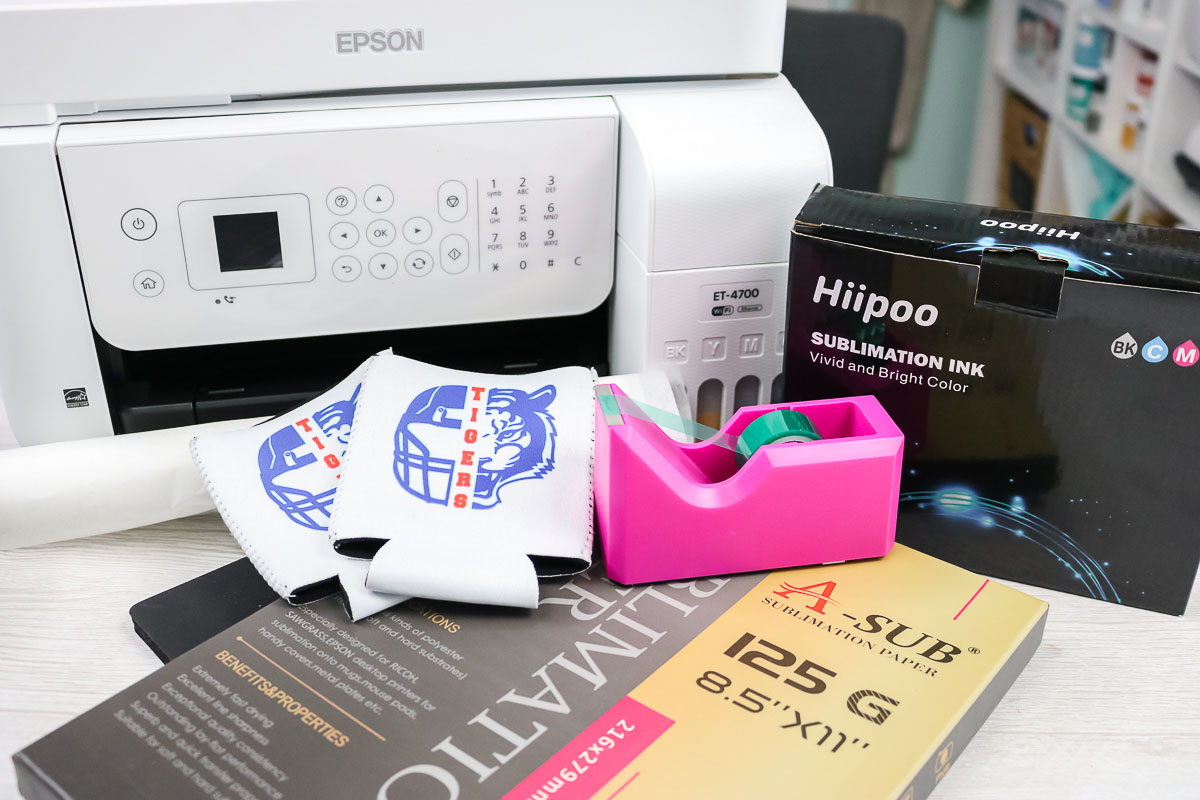
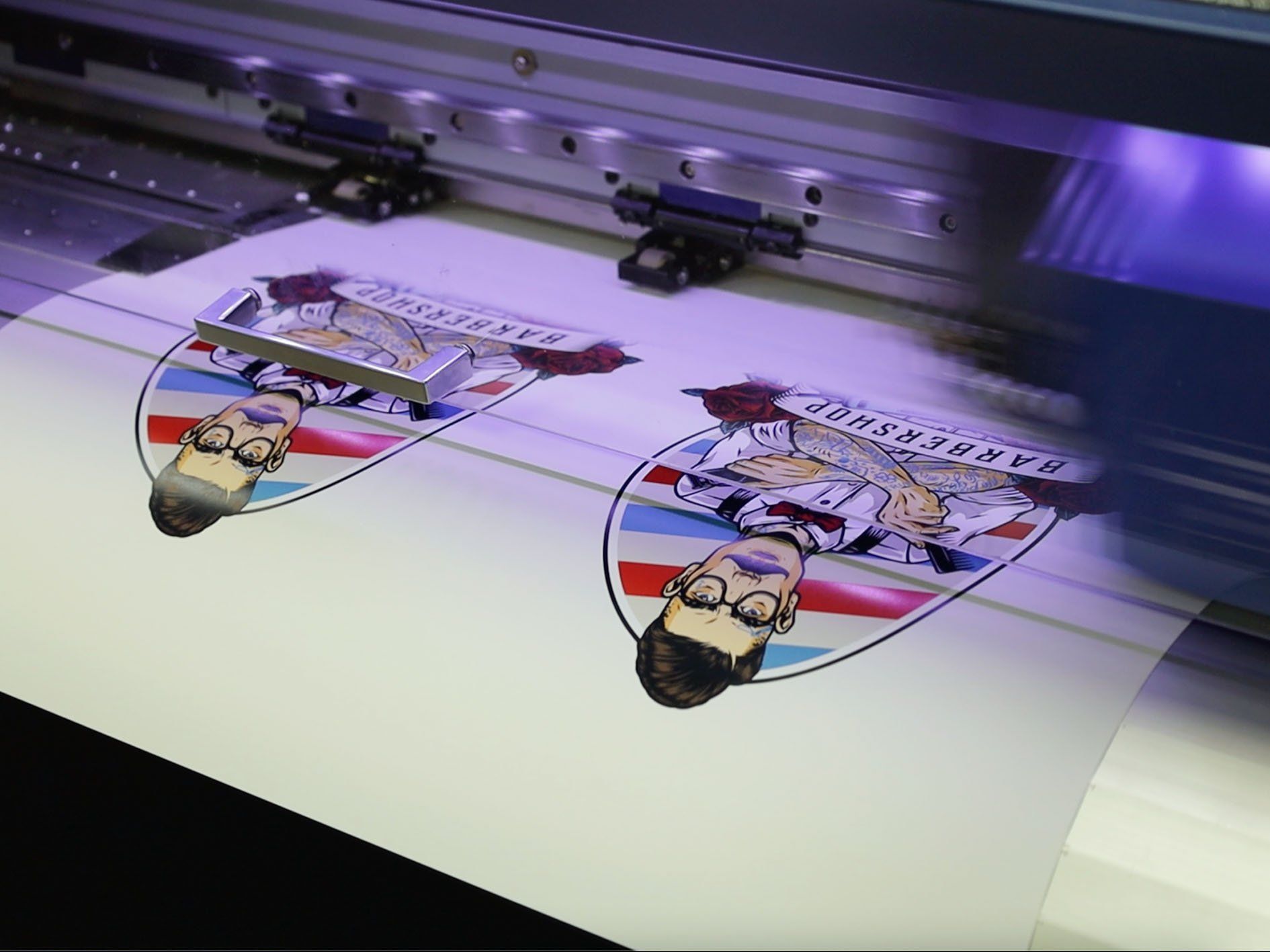

0 thoughts on “What To Use To Clean Printer Heads”